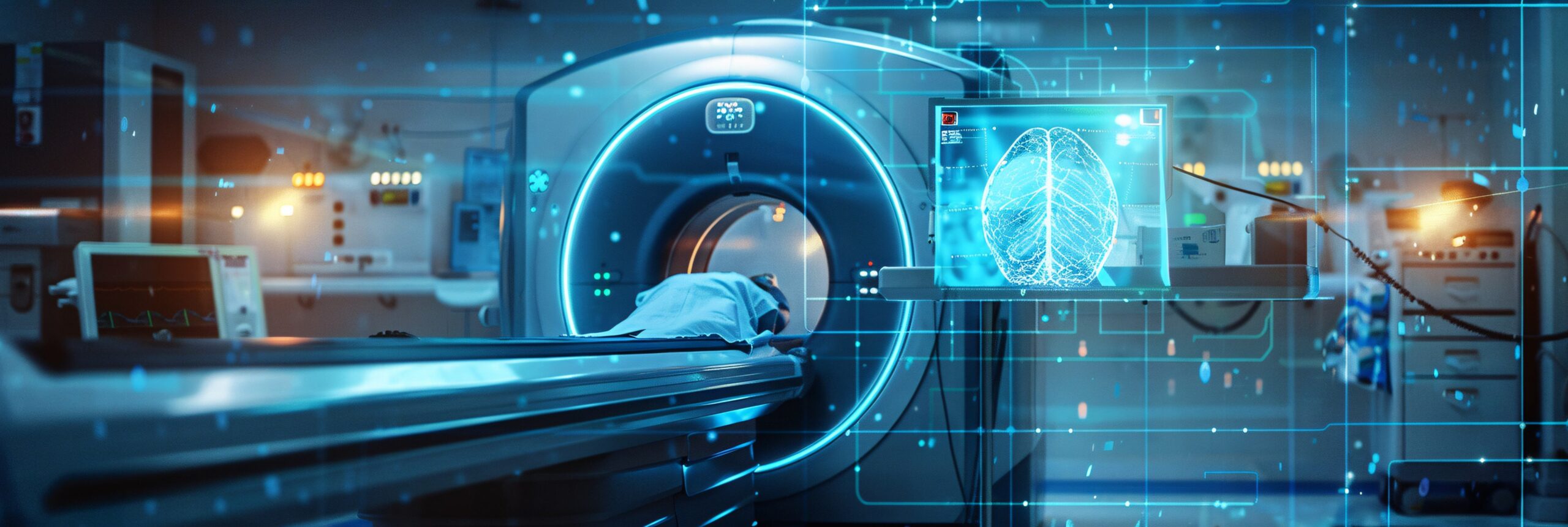Author: Melissa Borg | Posted On: 13 Nov 2025
Australia’s radiology workforce is under growing strain, with Australia’s radiologist shortage becoming a critical challenge. Demand for diagnostic imaging continues to climb as Australia’s population ages. It is now the second most bulk-billed service after GP consultations, and new screening programs are adding further pressure to capacity.
The Royal Australian and New Zealand College of Radiologists’ (RANZCR) latest census reports 2,332 practising radiologists, but highlights persistent vacancies, uneven regional distribution and rising burnout.
It takes more than a decade to train a radiologist, and the workload is rising faster than training capacity. That reality is prompting a new question for health leaders: can artificial intelligence (AI) help to relieve pressure without compromising safety and quality?
Where AI can make a difference
RANZCR has been on the forefront of AI use in the profession, releasing world-leading AI Standards of Practice which guide the development, deployment and monitoring of AI in the sector.
Image-triage algorithms are already being used in Australia to flag potential abnormalities in chest X-rays, brain scans and fractures. These tools help radiologists get to the right cases sooner, reducing delays for high-risk patients and smoothing after-hours workloads. This is a classic example of what RANZCR has positioned as “assistive automation”, where radiologists remain the decision makers.
Screening programs are another promising frontier. BreastScreen Australia are trialling a major randomised controlled trial involving around 200,000 women to test whether AI can safely support double reading in mammography and improve efficiency.
Beyond detection, AI is beginning to streamline measurement, segmentation and report population tasks that consume specialists’ time. Guidance led by RANZCR, alongside international partners such as the Radiological Society of North America (RSNA) and the European Society of Radiology (ESR), emphasises the importance of workflow integration and clinical validation for these tools. When implemented effectively, they can free radiologists from repetitive tasks, allowing them to focus on complex interpretation and consultation.

Lessons from real-world adoption
In Melbourne, researchers at the Murdoch Children’s Research Institute and the Royal Children’s Hospital have developed an AI tool that helps detect tiny focal cortical dysplasia lesions in children with drug-resistant epilepsy. These lesions are extremely hard to spot on a standard MRI by radiologists. Using the AI tool, clinicians can identify the abnormal tissue earlier and refer children for surgical intervention, which has resulted in seizure-freedom for many patients.
Australia’s academic community is also rapidly building the evidence base. The BRAIx collaboration brings together clinicians, AI scientists and epidemiologists to evaluate how AI can improve mammogram analysis and create efficiencies in Australia’s national breast cancer screening program; helping manage rising demand and costs. This kind of real-world evaluation matters because it tests whether AI reduces recalls of patients, maintains or improves cancer detection, and can meaningfully free up radiologists’ time.
Building the workforce of the future
AI’s success will depend more on skills than software. Radiologists need to understand how algorithms work, how to audit them, and how to interpret their output responsibly. Training programs are beginning to incorporate data literacy and human-machine collaboration, supported by RANZCR’s growing library of resources. Radiographers and imaging professionals also play a role, taking on extended functions supported by AI and tele-radiology to improve access, particularly in regional areas.
The bottom line
AI is a practical way to increase the capacity and consistency of Australia’s imaging services when coupled with responsible governance, good workflow design and targeted workforce investment. Health services that move now, with evidence and safety at the centre, will be better placed to reduce wait times, ease burnout and improve patient outcomes while building a resilient workforce for the decade ahead.
At Fifth Quadrant, we explore the trends, technologies, and innovations shaping industries and improving lives. From healthcare to sustainability, our research helps organisations understand change and anticipate the future. Click here to learn more about our work in the healthcare sector or contact us today.
Posted in Healthcare, B2B

